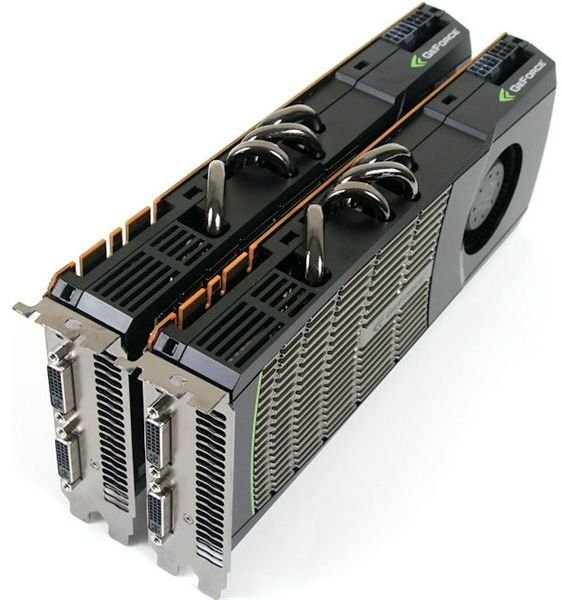Nvidia GTX 470 and 480 Performance Review: Fermi Finally Arrives
The 470GTX and 480GTX: Fashionably Late?
It is no secret that Nvidia’s latest GPU has given it a bit of trouble. Nvidia has been ambitious, and this manifested itself in the creation of a huge GPU with 3.2 billion transistors and a die size approximately double that of ATI’s largest GPU. But this ambition resulted in troubles reaching acceptable production yields and also some issues with heat, which I’ll talk about more later.
But the most immediate question is - how do these cards perform? They’re late to the party, but they could easily redeem themselves if their performance makes ATI’s latest and greatest look anemic.
This performance review takes a look at the GTX470 and GTX480 from multiple perspectives. The data referenced here is from reviews at The Tech Report, Anandtech, PC Perspective, techPowerUp!, and other trusted hardware review websites.
General Gaming Performance
When the Fermi architecture which powers the GTX 470 and 480 was announced Nvidia’s focused seemed to have slipped from gaming to focus on enterprise applications. This left gamers wondering if Nvidia’s new video cards would really be for them. Thankfully, it seems that Nvidia hasn’t lost the plot as badly as their marketing department would have you think.
Performance in Crysis is generally better on the GTX480 than the Radeon HD5870. The margin is low - approximately 5 to 10% - which translates to 3 or 4 frames per second on higher detail levels. The GTX470 and Radeon HD5850 are neck-and-neck with the performance difference often coming down to one or two frames per second.
DiRT 2 seems to be a strong win for the Nvidia team. Initially used by ATI as an example of how new games will take advantage of DX11, Nvidia’s new cards outperform the ATI products by 10 to 20%. The GTX 480 is in fact very near the performance of the Radeon HD 5970 in some DiRT 2 benchmarks.
Bad Company 2, on the other hand, seems to turn the tide back in ATI’s favor. The ATI Radeon HD5870 generally outperforms the GTX480 by a small margin in this game. The Radeon HD5850 actually claims a more notable victory and is as much 10% faster than the GTX470.
Tessellation and PhysX Performance
One major hardware advantage enjoyed by Nvidia’s new cards is superior tessellation. Tessellation is a technology which allows for 3D models to be scaled on-the-fly. This allows for more powerful graphic cards to automatically create additional detail which takes advantage of their enhanced performance and provides higher quality graphics.
The performance of the GTX480 in tessellation benchmarks is between 50% to 100% faster in these benchmarks. But with that said, it is unclear how better tessellation will translate into better overall performance once games take advantage of it. The Tech Report also spotted some problems with the Unigine Heaven demo which is currently the most popular tessellation benchmark. It seems that while tessellation works, it isn’t happening smoothly across the entire surface of an object. Instead larger polygons are broken up into smaller and smaller polygons, but the larger polygons are still visible.
The GTX470 and 480 also make use of Nvidia’s PhysX to assist with computing physics in games which support this feature. Unfortunately, the performance hit associated with PhysX remains large. The GTX480 can be up to 50% slower with PhysX enabled than without.
A Note About Heat, Power and Noise
The purpose of this article is to judge the GTX470 and 480 on their performance. However, it should be noted that the GTX470 and 480 use substantially more power, generate more heat and are louder than the Radeon HD5850 and HD5870 which they compete against.
Verdict
The GTX470 and GTX480 are certainly strong performers and do manage to claim victory against ATI’s Radeon HD5850 and 5870 in terms of absolute performance.
The victory is a small one, however, and so the verdict is reduced to a common question - price. The current MSRP on the GTX470 is $349.99, while the MSRP on the GTX480 is $499.99. These prices make them competitive, although not clearly better than, ATI’s Radeon products. The big question, however, is if prices will stay at this level or will go higher. It is no secret that Nvidia is having a hard time with production yields of its new GPU, and a shortage could drive prices higher.
